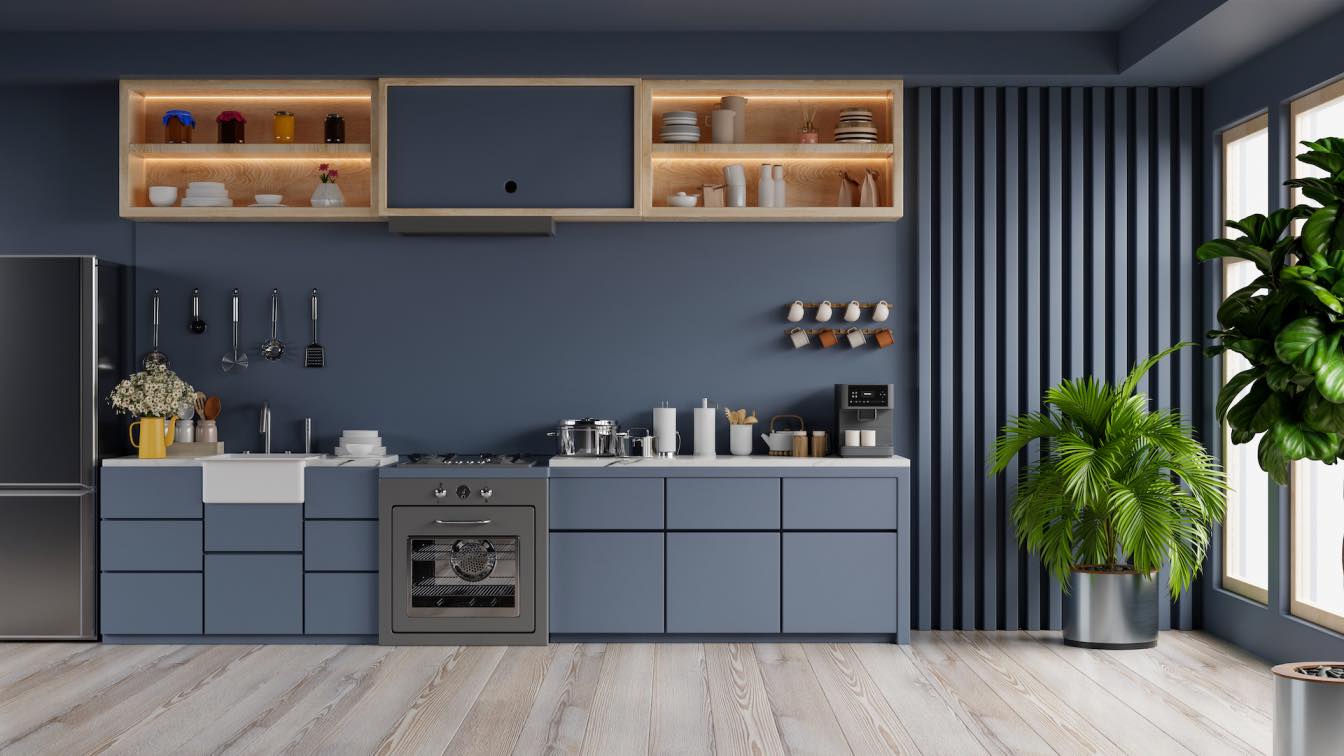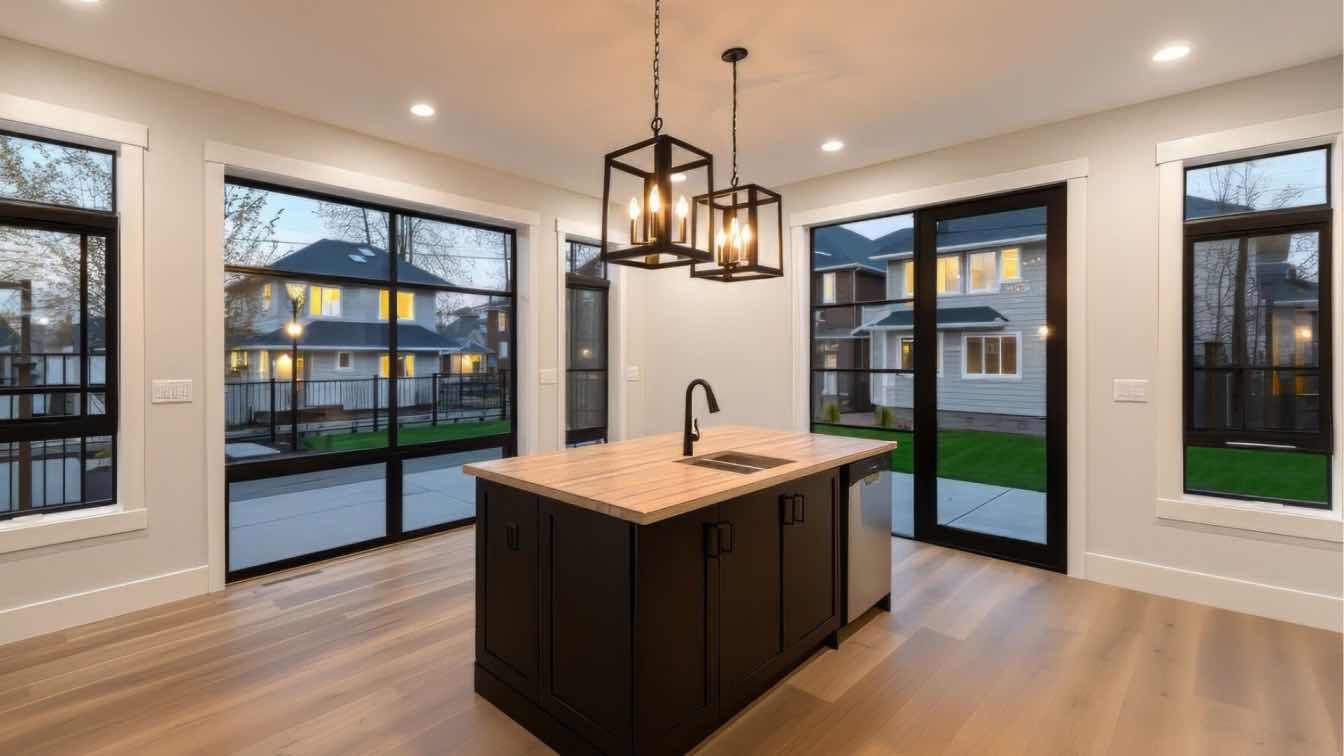Smart homes have become more than just a futuristic concept. The use of cutting-edge technologies in home design is not only enhancing convenience but also elevating the overall living experience. With features like automated lighting, security systems, and energy-efficient solutions, smart homes are at the forefront of modern living in Australia.
As the demand for technology-driven home designs rises, so does the need for accessible financing options. Australians are increasingly recognising the value of incorporating smart home technologies, not only for the sake of convenience but also for potential energy savings and increased property value. Understanding the financing landscape has become crucial for individuals looking to embark on the journey of transforming their homes into intelligent, connected spaces.
Understanding Smart Home Technology
Smart home technology is a range of interconnected devices designed to enhance home functionality. This includes automation systems that enable remote control of various functions, smart appliances with embedded technology, and energy management systems allowing efficient resource usage. Individuals can now customise lighting, heating, and cooling through a single device, fostering a seamless and integrated living experience.
Benefits of Smart Homes:
Enhanced Convenience and Comfort: Smart homes offer the luxury of controlling and monitoring home functions remotely, providing unprecedented convenience for residents.
Improved Energy Efficiency and Savings: With energy management systems, Australians can optimise energy usage, contributing to both environmental sustainability and reduced utility bills.
Increased Home Security: Smart security systems' integration enhances Australian homes' safety, allowing real-time monitoring and control via smartphones or computers.
Latest Trends in Smart Home Design
Home Automation Systems
One advancement in Melbourne, showcased by Integrated Technologies Australia, illustrates the vast possibilities of home automation, bringing homes to the cutting edge of technology. Statista forecasts an 8.70% growth in the Australian smart home market from 2024-2028, emphasising the sustained evolution of these technologies within the country.
The Cost of Smart Home Technology
Investing in smart home systems in Australia often requires an upfront cost, ranging from $600 for basic kits to $20,000 for professional smart home systems. Despite this, the long-term benefits can outweigh the initial expenditure. Smart home automation systems, while having steep upfront costs, contribute to significant long-term savings. These systems enhance energy efficiency, leading to reduced utility bills and providing homeowners with considerable financial relief.
Budgeting for Smart Home Upgrades
When planning smart home investments in Australia, consider these budgeting tips:
Identify Priorities: Clearly outline the upgrades you want and set a realistic budget for each. This helps in prioritising spending and avoiding unnecessary expenses.
Long-Term Savings Calculation: Factor in the potential long-term savings from energy-efficient smart technologies when determining your budget. This will provide a more comprehensive view of the overall investment.
Consider Professional Installation: While DIY options exist, professional installation ensures adherence to Australian standards, adding an extra layer of safety and compliance to your smart home setup.
Evaluate Long-Term Benefits: Factor in potential savings on energy bills, insurance premiums, and increased home value, emphasising the broader financial advantages of smart home technology.
Financing Options for Smart Home Investments
Home Improvement Loans
Unsecured personal loans are a common choice for home improvements in Australia. They offer flexibility and quick access to funds but may come with higher interest rates compared to secured options, such as home equity loans.
Pros:
Quick access to funds.
Flexibility in use.
Cons:
Higher interest rates.
Limited loan amounts compared to secured options.
Home Equity Loans and Lines of Credit (HELOC)
Secured by the property's value, home equity loans provide substantial funds for larger projects. HELOCs offer a revolving line of credit, allowing flexibility in borrowing against the home's equity.
Mortgage Refinancing
Refinancing your mortgage in Australia can free up cash for smart home upgrades by securing a new mortgage with better terms or withdrawing equity from the property.
Vendor Financing and Rebates
Some technology providers offer financing options directly to consumers. Additionally, rebates and incentives can be leveraged for cost savings, contributing to more affordable smart home investments.
Government Grants and Incentives
Explore government programs supporting energy-efficient home improvements. These grants and incentives aim to encourage sustainable practices and can significantly offset the costs of smart home upgrades.
Choosing the Right Financing Option
Assessing Your Financial Situation: Before delving into financing options, assess your financial health and long-term plans. Understand your current budget, income stability, and future goals to align your choices with your overall financial well-being.
Comparing Interest Rates and Terms: Shop around for the best financing terms by comparing interest rates and loan terms from various lenders. Consider both fixed and variable rates, weighing the advantages of a consistent payment versus potential interest savings over time.
Understanding the Impact on Your Financial Future: When considering financing options, think beyond the immediate term. Assess the impact on your financial future, taking into account factors such as debt accumulation, interest paid, and the potential increase in home value resulting from the improvements.
Implementing Smart Home Technology
Planning Your Smart Home Upgrade: Identify Needs and Budget: Assess your requirements and financial capacity. Prioritise technologies that align with your lifestyle and fit within your budgetary constraints.
Finding the Right Contractors and Vendors: Look for reputable contractors and vendors with proven experience in smart home installations. Seek recommendations, check reviews, and ensure they align with your project goals.
Maximising the Value of Your Investment: Focus on upgrades that offer the best return on investment and enhance your overall enjoyment. Consider energy-efficient solutions, security features, and lifestyle improvements that align with your preferences.
Conclusion
The integration of smart home technology presents a multitude of benefits for homeowners, ranging from increased energy efficiency and enhanced security to improved comfort and convenience. These advancements contribute not only to a futuristic lifestyle but also serve as a strategic means to cut down on energy costs, reduce environmental footprints, and potentially increase the value of homes.
Smart financing not only facilitates the adoption of these technologies but also ensures flexibility in payment plans, making them more accessible to a broader audience. Individuals should meticulously assess their financial options, explore 0% interest payment plans, and make informed decisions to elevate their living spaces with the latest in-home technology. This ensures a seamless and financially viable journey towards a smarter, more connected home.





